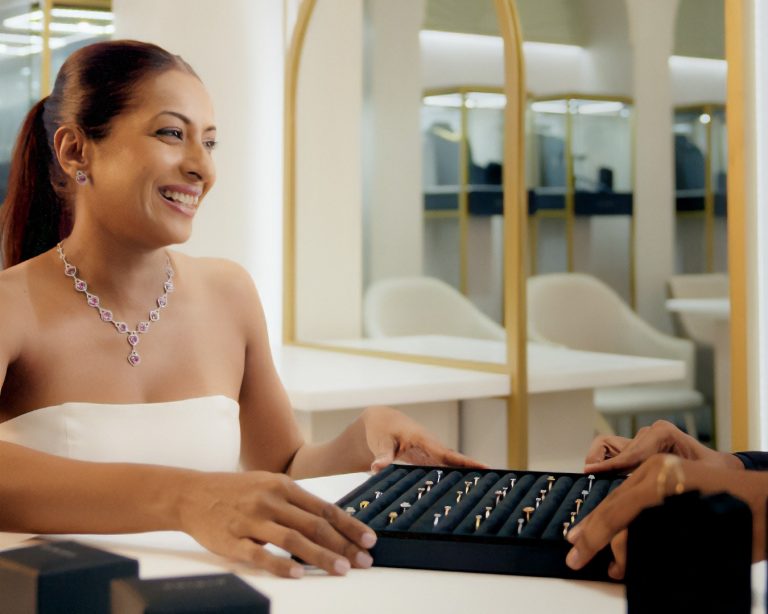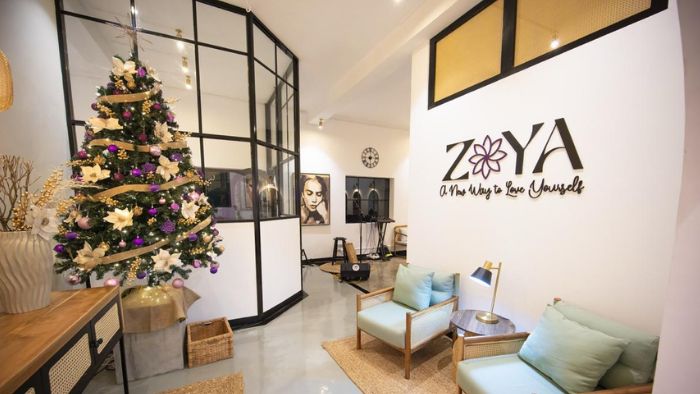This is, by a rather wide margin, the best and most beautiful art-gallery in the city. The former residence and collection of the artist Harry Pieris ought to be one of Colombo’s major attractions, yet few Colombars have heard of it and even fewer have actually ventured inside.
This is partly on account of the fact that it maintains some of the most obtuse opening hours conceivable (Thursday to Sunday 10 am-1 pm) but it’s worth going considerably out of your way to visit this space. To enter the rambling, villa and its lush, shaded lawn is to step back in time. You’ll find yourself in Cinnamon Gardens at some point in the early 60’s when this building, by playing host to innumerable little gatherings, larger parties and scotch and smoke fuelled discussions was the centre of a whirling, bohemian artistic and intellectual scene. A generation of Sri Lankan artists, poets, intellectuals and bohemians would meet here to discuss, paint, document, design, critique and satirise our still newly independent nation.
The leading artistic lights of this colourful set established the 43 group (in 1943), of which Pieris himself was a member. The group’s melding of the western artistic tradition and native scenes, local forms and imagery with modern techniques – photography, acrylics, would serve as the foundation of modern Sri Lankan art.
To this day work by the group’s members- George Keyt, Ivan Pieris, Gabrielle remain the most sought after local paintings and even less prominent 43 Group members produced outstanding pieces of art. At the Sapumal foundation Pieris’ own extensive collection, somewhat expanded by loans and donations gives you an immediate and excellent idea of the breadth and intensity of post independence Sri Lankan (or rather Ceylonese) artistic talent.
Every conceivable space is filled with frames (over 200) but somehow it doesn’t feel cluttered . Perhaps that’s because the paintings and their repository, the faded old bungalow with its beautiful furnishings suit each other so perfectly. Wandering through the slightly dusty living rooms, studies and halls you have the immense privilege of seeing this, most picturesque of countries, refracted through the minds and expressive skill of its leading artists.
With its density of paintings, books, and old cane and teak furniture there’s none of the starkness you find in conventional modern art galleries. No long hushed corridors, or overabundance of white, just beautiful paintings in a inviting space.
The art, the home the furniture, the gently decomposing collection of books, the expansive garden it’s all so intensely pleasant that you’ll want to stay forever. Sitting alone (there never seems to be anyone else) on a reclining chair in this second little world off Barnes Place, staring at George Keyt’s curving feminine lines, Belling’s amazing angular landscapes,and Harry Pieris’ own sensual, slightly impressionistic portraits of the beauties of another time.
More than anything else I find myself wanting to fall 60 years back in time and drop in on one the group’s ad-hoc meetings. What would the brightest sparks of 60 years ago think of the current state of our motherland?
While time travel might be impossible sitting in this space with their work all around you is the closest you can can get to a conversation with the genius of a generation past; a worthwhile endeavor even if you need an extended lunch break, or to haul yourself out of bed at 10 on a Sunday to make it.






